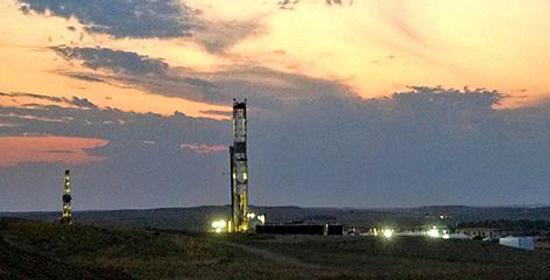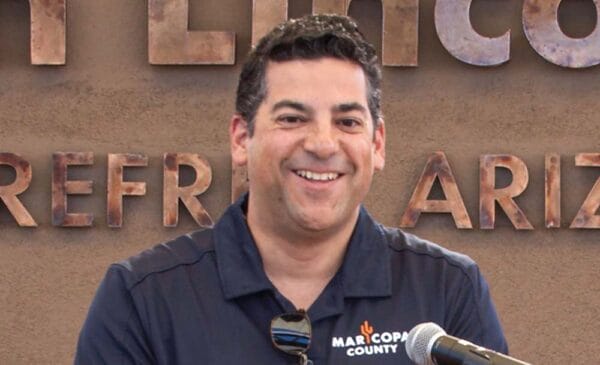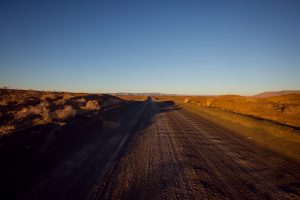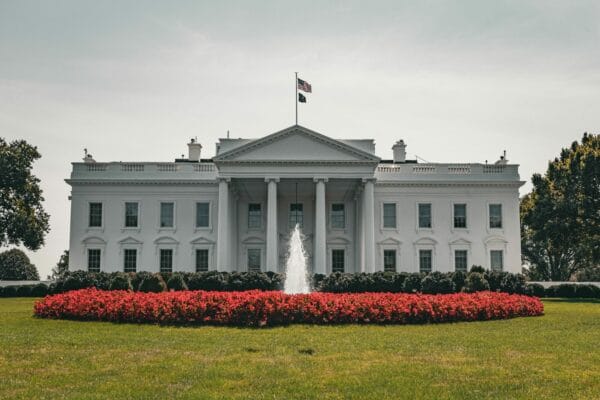
By Laura Bly
USA TODAY
And during those buffalo-hunting and cattle-ranching adventures in what was then the Dakota Territory, no place made as big an impression on Roosevelt as Elkhorn Ranch. Tucked along the banks of the sinuous Little Missouri River amid what he called the “grim, desolate beauty” of the Badlands, the isolated cabin served as a place of refuge and reflection for a man who would become the greatest conservationist president in American history.
Now part of the national park created in his memory, the weathered remnants of Roosevelt’s “Walden Pond of the West” retain their sense of remoteness in the least populated region of one of the USA’s least-visited states.
But on a ridge beyond the quivering cottonwoods and grasshoppers flitting through knee-high prairie grass, an oil well pierces the horizon. It’s a symbol of the “carbon rush” that has earned North Dakota the country’s lowest unemployment rate and ranked it second to Texas in oil production — and is rapidly transforming what the late CBS newsman and native son Eric Sevareid called the “rectangular blank spot in the nation’s mind.”
This summer, citing threats from nearby development in the Bakken, a 13,000-square-mile, oil-rich geological formation that spans much of western North Dakota, the National Trust for Historic Preservation named Elkhorn Ranch one of the 11 most endangered historic places in America.
North Dakota’s still-accelerating energy boom is “one of the best things that’s ever happened to this state,” says Bismarck-based humanities scholar Clay S. Jenkinson, author of For the Love of North Dakota.












